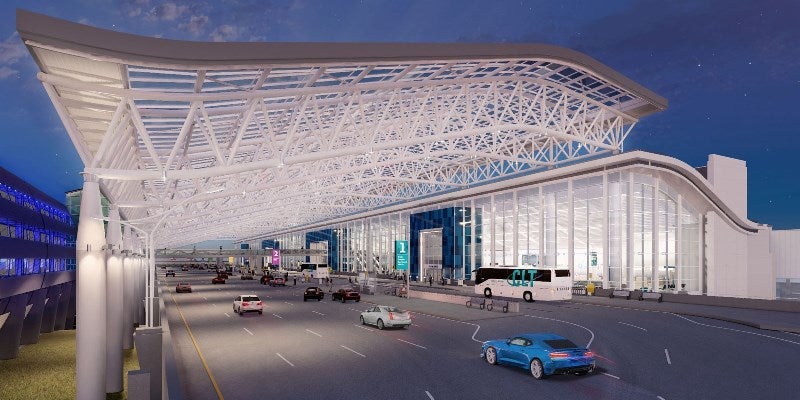
Charlotte City Council has approved a $585m project to renovate the terminal lobby at Charlotte Douglas International Airport (CLT) in North Carolina, US.
Known as the Terminal Lobby Expansion, the project is a part of the Destination CLT programme, which will entail an overall investment of $2.5bn to $3.1bn.

Discover B2B Marketing That Performs
Combine business intelligence and editorial excellence to reach engaged professionals across 36 leading media platforms.
The Destination CLT programme involves renovating the concourse and expanding the airfield, curb front, roadways and terminal.
The Terminal Lobby Expansion project will add 175,000ft2 of space to the airport. Extra space will also be added for ticketing and baggage claim, security lanes, subterranean walkways access and basement level offices.
According to the plan, a central energy plant will also be built to offer mechanical space for the project.
Construction is expected to commence this December and will take approximately five years to complete.

US Tariffs are shifting - will you react or anticipate?
Don’t let policy changes catch you off guard. Stay proactive with real-time data and expert analysis.
By GlobalDataOwing to it being a city enterprise fund, CLT sustains itself and does not collect tax. The airport’s operating and capital costs are paid with the revenue collected.
The project will be funded via revenue from the passenger facility charge (PFC), customer facility charge (CFC), general airport revenue bonds (GARBS) and airport cash.
In June, CLT agreed to buy five 35ft Proterra Catalyst E2 electric buses and five 125kW Proterra plug-in charging systems from electric transportation company Proterra.
In July last year, CLT opened the first phase of its Concourse A expansion for passengers, which is expected to boost the airport’s gate capacity by 10%.
The expansion was designed by C Design and Perkins+Will and constructed by Turner Rodgers.





